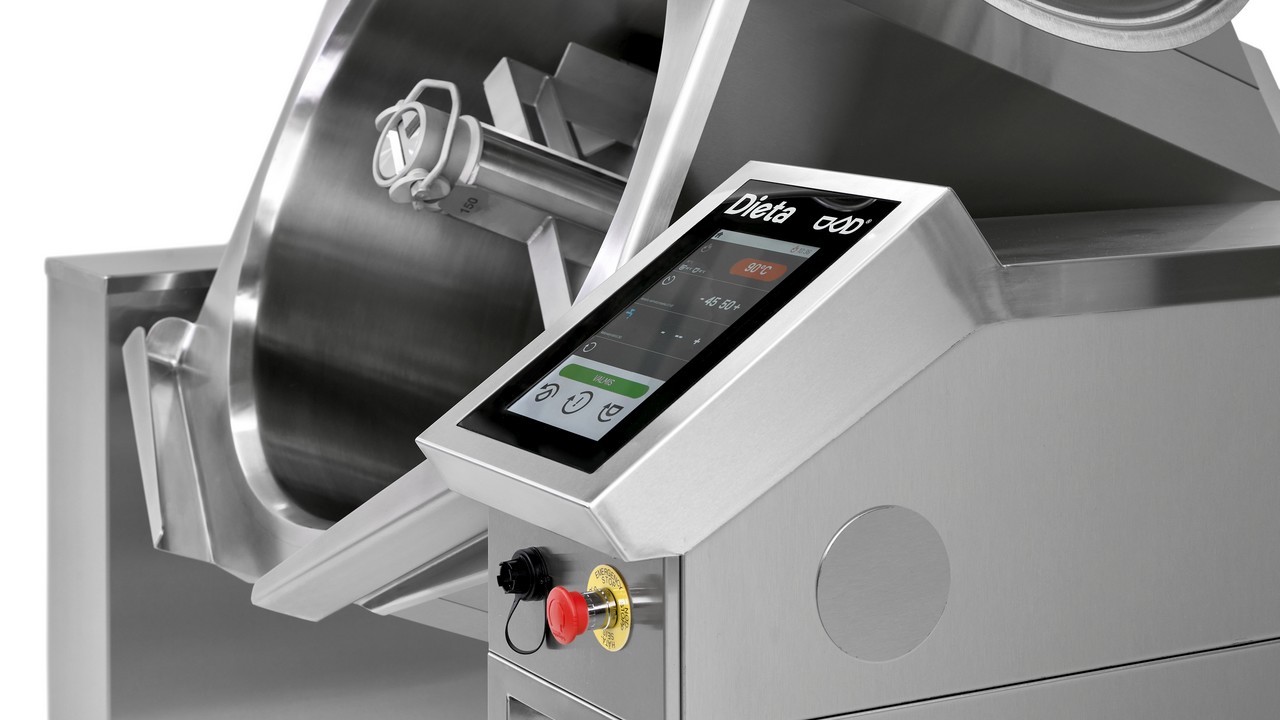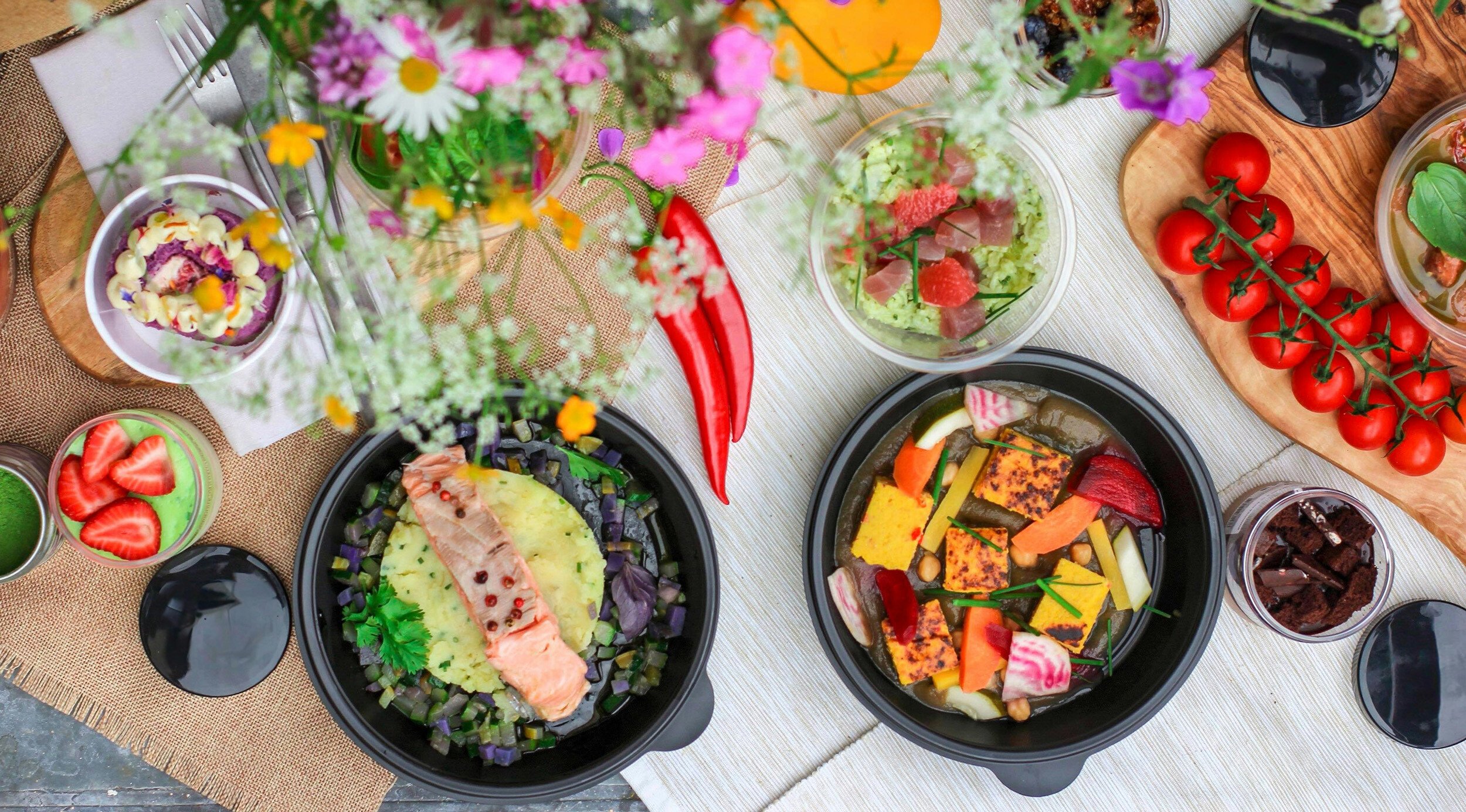Temperature plays a crucial role in cooking. Choosing the right temperature ensures the desired result—whether boiling, frying, or grilling. Below, our corporate chef Sami Lamminaho, who brings extensive experience from the food industry, shares his perspective on how temperature and cooking method impact the outcome.
Real-Life Experience with a Traditional Stock Pot
"I remember working in restaurants where the kitchen always had a simmering stock pot, which at the time was a large mixing kettle without a mixing function. The most important aspect was that large quantities of stock could be prepared without requiring any additional features. Looking back, I could have significantly eased my work and that of others if I had had access to a mixing kettle," explains Dieta Chef Sami Lamminaho.
While mixing kettles are often associated with making stocks, their capabilities go far beyond that. Today’s advanced models offer much more versatile options for cooking.
Does Every Recipe Need Pan-Level Heat?
Traditionally, it’s been assumed that mixing kettles don’t reach high enough temperatures for browning or caramelisation, making them unsuitable for dishes that require that kind of heat. However, Dieta mixing kettles, with their closed steam heating system, can reach up to 125 °C which is relatively high compared to most kettles.
Is 125 °C Hot Enough for Browning?
Yes. Based on our tests, onions start browning at around 120 °C. The kettle’s temperature is high enough to get results, but low enough to avoid burning. This gives chefs the ability to achieve perfect results at a lower temperature when preparing delicate components.
Boiling and Energy Efficiency
One of the key advantages of a steam-heated kettle is its ability to maintain a stable and even temperature throughout cooking.
This is particularly useful when boiling, where exceeding the boiling point of 100 °C offers no real benefit. For water-based foods like sauces, there’s no need to use higher temperatures than what is required for water to boil.

The kettle’s automation and food temperature measurement ensure precise control, keeping the heat close to the optimal level for energy-efficient and consistent results.
Better Cooking Through Precise Temperature Control
Food temperature measurement allows for precise control over the desired temperature, ensuring that delicate ingredients are cooked at the right temperature for the correct duration, preserving their texture and optimal doneness.
By selecting the right temperature, food quality, safety, and shelf life can be improved, especially through rapid cooling.
Summary: Why Dieta’s Mixing Kettle Is More Than a Stock Pot or Bratt Pan
Dieta’s mixing kettle offers:
- A maximum temperature (125 °C) that can be enough for browning and caramelization but avoids burning
- Even, indirect heating for gentle, efficient cooking
- High-speed mixing and specialised mixing tools for versatile use
- Precise temperature control for consistent and high-quality results
These features make it an ideal solution for professional kitchens, not just for stocks, but for sauces, stews, and more. It’s a multifunctional, efficient tool that supports high-volume food production with precision.



